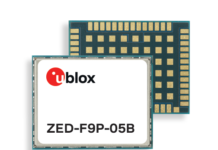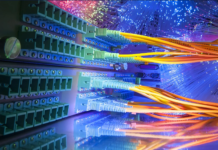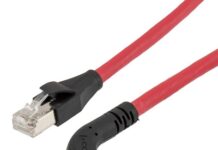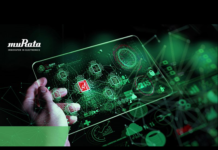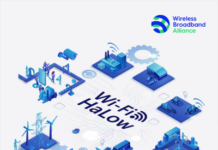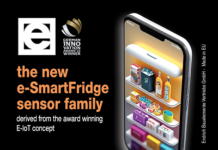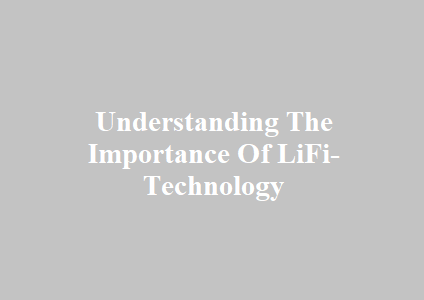
LiFi is a remote technology interfacing us to the web, which holds the way to settling difficulties looked by 5G. LiFi integration is like Wi-Fi, as both send data electromagnetically. Nonetheless, Wi-Fi utilizes radio waves while LiFi utilizes apparent light to communicate fast data that can arrive at various gigabits. LiFi technology is more dependable, practically impedance free, and exceptionally safer than radio technology like Wi-Fi or cell.
The need for LiFi
Current Wi-Fi technology as of now utilizes light going along fiber optic links. However, the last couple of meters of remote organization networks in our home or office is still fundamentally conveyed through radio waves.
As an ever-increasing number of gadgets interface with the web, the space for radio frequencies is becoming over-immersed. This is known as range crunch. Soon, there may not be sufficient remote transmission capacity to help develop shopper interest.
By involving light for these last couple of meters of the network, LiFi opens up multiple times more data transfer capacity than radio waves alone.
How does LiFi function?
A LiFi network utilizes the light from LED lights to send data to a gadget, like a PC or a tablet. The gadget has a collector to get light signals and a transmitter to convey messages back to the light utilizing infrared light.
The light from the LED lights changes force billions of times each second, quicker than the eye can see. This force adjustment turns into a computerized signal which can convey data from the web to a client and back again.
Different lights can be added to a solitary organization, so you can move around from one light to another without losing your association. You don’t need to be straightforwardly under a light to utilize LiFi. The computerized signal is likewise stolen by light reflected away walls and different surfaces.
A LiFi network needs an average network access supplier to supply the web to a home or office using wires. LiFi can then be conveyed inside a home or office to give a remote web association with gadgets.
Applications for LiFi
Since light can’t enter through walls and entryways, LiFi could be safer than other remote advances.
It could likewise be helpful where Wi-Fi is an issue because of impedance, like in medical clinics and airplanes.
LiFi can also change how we access data, giving the bandwidth of cell and Wi-Fi consolidated multiple times. With an expected 28.5 billion gadgets anticipated to be associated with the web by 2022, this could assist with fulfilling a need that would somehow go neglected to utilize Wi-Fi.
LiFi in Applications
The presence of LEDs wherever in our current circumstances is a significant area of strength for the organization of LiFi. In every new application, one can separate between two significant gatherings: inside applications and external applications.
Inside applications benefit from the structures’ lighting framework. One can separate applications needing the exceptionally feeble result and applications needing areas of strength for a.
LiFi is now utilized as an incredible arrangement to find individuals or associated objects for powerless results. Essentially it is just that every light transmits through LiFi a remarkable distinguishing signal. By connecting this sign to a previously delineated network, one can find one’s direction in a complex structure, a station, an exhibition hall, a processing plant, or a specialized focus. Confinement can be exact, between 10 and 20 cm, and transparent. The increment of IoT hubs requires somewhat frail associations and can likewise be a big chance for LiFi in the years to come.
Similarly, the LiFi business is trying to guarantee quicker moves to be accessible to Wi-Fi. Current speeds on modern models are around a couple dozen MBs/s; however, the potential is far more noteworthy.
External applications are likewise various: sending between structures to abstain from having hard radiofrequency covers by utilizing the current foundation of towns. The foundation, for instance, can be the lighting organization of towns, similar to the street organization. One can, in this manner, conceive of sending data in a designated and restricted style. In the exceptionally not-so-distant future, the entire vehicle industry, including vehicles and street frameworks, will involve LEDs in their headlights, light posts, and signs. This will be used to transfer data between vehicles, people on foot, foundations, public vehicles, and the large numbers of associated objects. A radio frequency interface can trade this kind of data. Be that as it may, it is less reasonable at rapid or in overcrowded conditions. Additionally, data duplication is one of the keys to the independent vehicle’s fate. Similarly, as on planes, there are various sensors to have the option to conquer breakdowns and to be strong in all circumstances; it is additionally crucial for the vehicle to have a different method for correspondence.
Ends
While there are, practically speaking, still obstacles to survival, the lab results are highly encouraging, and in specific applications, the technology has previously demonstrated its capacities. Transmission speed and unwavering data quality are now on a significant level. However, concerning any technology, there are applications where it performs better or less fortunate. Hence, it is essential to comprehend: Radiofrequencies and light are not adversaries but partners!



